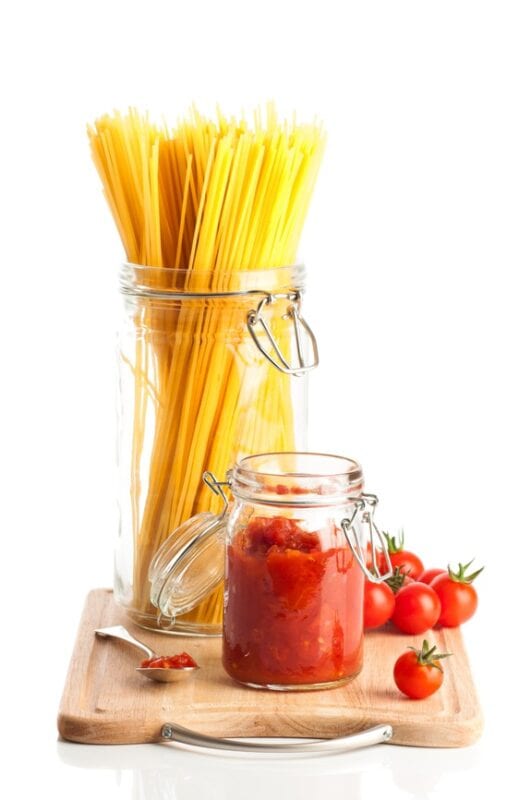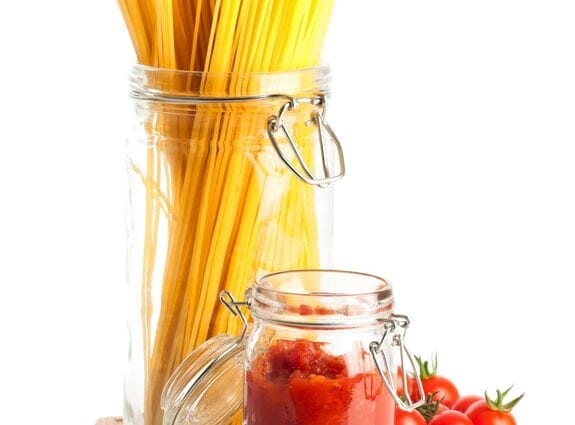Italians, as you know, are the main masters in the preparation of pasta. They say that every Italian eats about 28 kg of pasta a year. Each family has its own secret recipes, but there are also basic principles that guide everyone. They were revealed to us by the expert of the company De Cecco Mauro Moscardi and the chef of the trattoria Pane e Olio Giuseppe d’Angelo. The menu of his restaurant, located in one of the Moscow alleys, has more than twenty types of pasta.

1. Texture. In Italy, they say that food is primarily what it is made from. Therefore, the first secret of the perfect pasta is the pasta itself. And the first thing you need to pay attention to is its surface: it should not be perfectly smooth, but slightly rough to the touch. It is this paste that will better absorb the sauce, and it will not remain on the plate.
2. Color. Real Italian pasta tends to the straw color of wheat. Homemade pasta in Italy is dried in the sun, which gives it a warm shade. In industrial production, other techniques, although De Cecco, for example, did so until 1889. Then Filippo De Cecco invented a special unit for drying pasta at low temperatures (as if in the sun) and protected his production from weather dependence. The invention received a patent, which is still mentioned in the Trekkani Encyclopedia. Thus, the paste retains the color and maximum useful properties of wheat.
3. Water. Cooking requires a large volume of water and a large pot, then the paste will not stick together. The approximate ratio is 100 g of pasta per 1 liter of water. The fact is that durum wheat, from which the paste is made, is rich in gluten (from the word glue — glue), it makes it elastic and elastic. In a large amount of water, gluten is easily dissolved, without gluing the paste.
4. Salt. Throw the pasta into boiling salted water, and salt the water immediately after the water boils.
5. Time. Italians prefer pasta al dente, leaving it slightly undercooked with a damp hard middle. Giuseppe advises to take 2 minutes from the time indicated on the package. The secret is that the preparation of pasta is completed not in a pan, but in a pan in the sauce. It is warmed up, stirring, until the sauce is absorbed. Try the pasta for readiness at the very end, and not after cooking. Sometimes the sauce is slightly diluted with the water in which the pasta was cooked to achieve the desired consistency.
Carbonara Paste
And finally, the classic recipe of one of the main hits of Italian cuisine — pasta carbonara-from Giuseppe d’Angelo. According to him, the real carbonara is prepared without the addition of cream and bacon, as many believe. Italian chefs say this about cream: if you don’t know how to cook, add cream. And bacon is considered too salty and pancetta is used instead. Initially, carbonara was prepared from rigatoni.
For 4 servings:
500 g tagliatelle or rigatoni De Cecco
olive oil De Sesso
220 g pancetta
1/2 cup dry white wine
4 eggs
3/4 cup grated parmigiano
1/4 cup grated pecorino
3 garlic cloves
1 sprig cherry tomatoes
1 sprig basil
salt, pepper
- Heat the oil together with the garlic (it can be crushed with the flat side of a knife or finely chopped). When the garlic flavor is revealed, the whole cloves can be thrown away. Add thin slices of pancetta and fry until golden brown. Add the wine and let the alcohol evaporate for a couple of minutes.
- Whisk the eggs with both types of grated cheese, season with salt and pepper.
- Boil the pasta in boiling salted water until al dente, toss in a colander and place in a pan with the pancetta. Add the egg mixture and heat for 2-3 minutes, stirring constantly. If necessary, pour in a little water for a more delicate consistency of the sauce. Add the tomatoes, garnish with basil, pepper and serve immediately.










